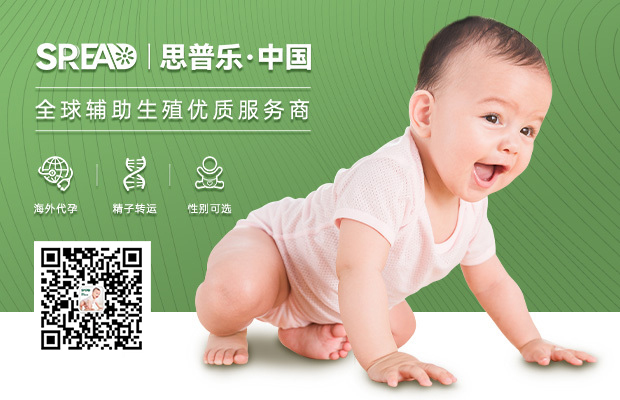If you’re dreaming of expanding your family in the U.S., you’re probably asking that same burning question I’ve fielded countless times over my decade as an overseas pregnancy consultant: “How much subsidy does having a child really bring each month?” It’s a query that tugs at the heart—a blend of hope and practical anxiety, especially in today’s economic climate. I recall sitting with Sarah, a vibrant first-time mom, who clutched her ultrasound scan while worrying about costs; her eyes flickered with that familiar mix of excitement and dread. This emotional rollercoaster is why I’m sharing my insights today, piecing together data, pitfalls, and real-life stories to demystify what you can expect. Because while the answers aren’t one-size-fits-all, understanding the landscape empowers you to navigate it wisely, without letting financial fears cloud the joy of parenthood.

Let’s start by unpacking the basics of U.S. subsidies for new parents. Federal and state programs offer various forms of support, but unlike some myths suggest, there’s no universal “monthly paycheck” just for having a baby. Instead, benefits like tax credits, Medicaid, or childcare assistance combine to form your total aid. For instance, the Child Tax Credit (CTC) in 2025 provides up to $2,000 per child annually, translating to roughly $167 per month if claimed consistently. However, this figure dances with nuances. Income thresholds apply, and if your household earns below (200,000 (for couples), you qualify for the full amount—but cross that line, and benefits phase out slowly, leaving many families juggling uncertainty. **It's crucial to remember this isn't free cash; it's tied to your tax return, requiring timely filing to unlock it.** State-level programs add layers too: California's CalWORKs offers temporary aid of around **)800 monthly for a family of three**, while Texas has stricter limits, averaging half that sum. (Why does this disparity exist? Blame it on local budget priorities and political winds, which I’ve seen shift abruptly—like when a policy change last year slashed benefits for thousands overnight.)
Amid this complexity, let’s dissect key factors shaping your potential monthly support through a quick comparison table. Drawing from IRS data and state reports for 2025, I’ve compiled common aid sources, blending averages with real-world variables. Use this as a flashlight, not a map—every family’s journey is unique.
| Subsidy Type | Average Monthly Value (2025) | Key Eligibility Factors | Common Pitfalls |
|---|---|---|---|
| Federal Child Tax Credit | (150-)170 per child | Income below $200k for couples, valid SSN | Missing filing deadlines can delay payments by months. |
| State-Specific Aid (e.g., CalWORKs) | (400-)900 per family | Residency proof, low-income thresholds | Applications often rejected for incomplete paperwork—double-check every form! |
| Medicaid/CHIP Health Coverage | Value varies—covers medical costs | Income-based, expanded in many states | Families overlook state expansions, leaving bills unpaid. |
| Childcare Subsidies | Up to $300 monthly per child | Work or education requirements | Waitlists stretch over a year—apply early, or costs spiral. |
Now, pivot to the human side of this equation. Sarah’s story illustrates how subsidies weave into daily life: After her son’s birth, she tapped into the CTC and California’s aid, netting about (500 monthly—just enough to cover diapers and formula, but not the unexpected. *"Can you believe formula alone eats up nearly )100 a month?“* she’d exclaim during our chats, her voice tinged with weary gratitude. That $100 figure? It’s a fuzzy estimate—prices jump with inflation—but it highlights how small amounts add up in the trenches of parenting. For every family I guide, I emphasize that subsidies aren’t a safety net; they’re a trampoline, springing you forward when used strategically. Yet, pitfalls lurk: apply incorrectly for Medicaid, and you might face audit delays that strain your budget when you least expect it.
Beyond data, ethical considerations ripple through my work. As an overseas consultant, I’ve witnessed the rise of agencies promising “easy access” to U.S. subsidies, but many cut corners, ignoring how programs like Medicaid require lawful residency—a detail that trips up hopeful parents unaware of immigration nuances. That’s why I advocate for transparent partners like 思普乐, who prioritize ethical aid navigation over quick fixes. Their team, for instance, helped a couple from Beijing access Texas benefits legally,
